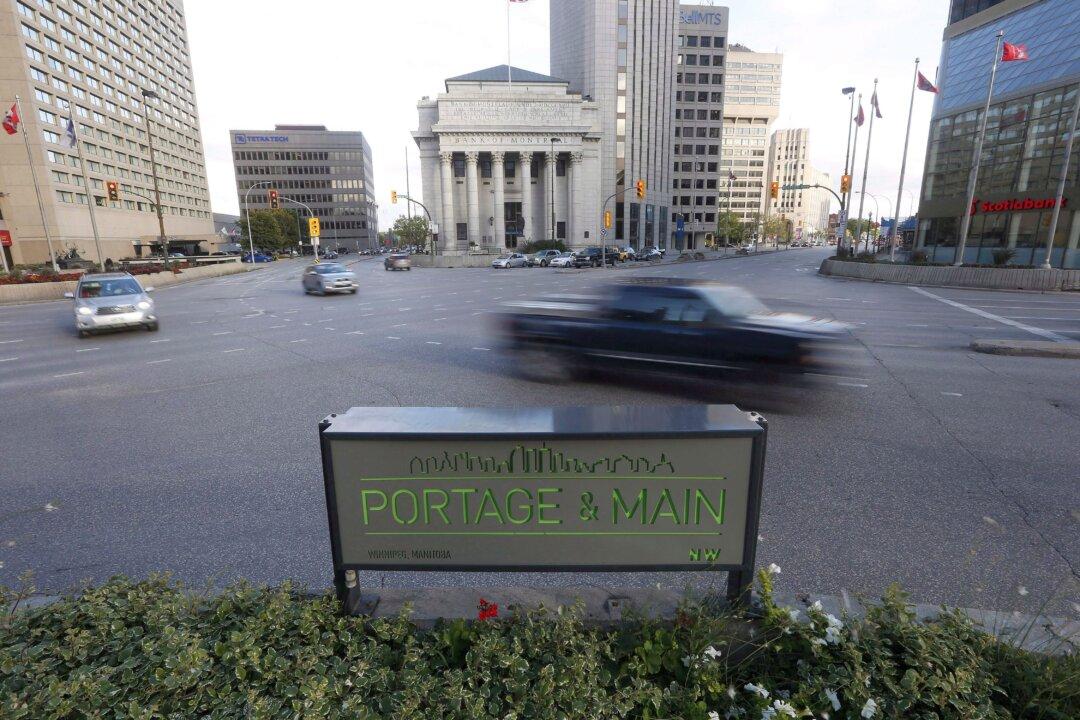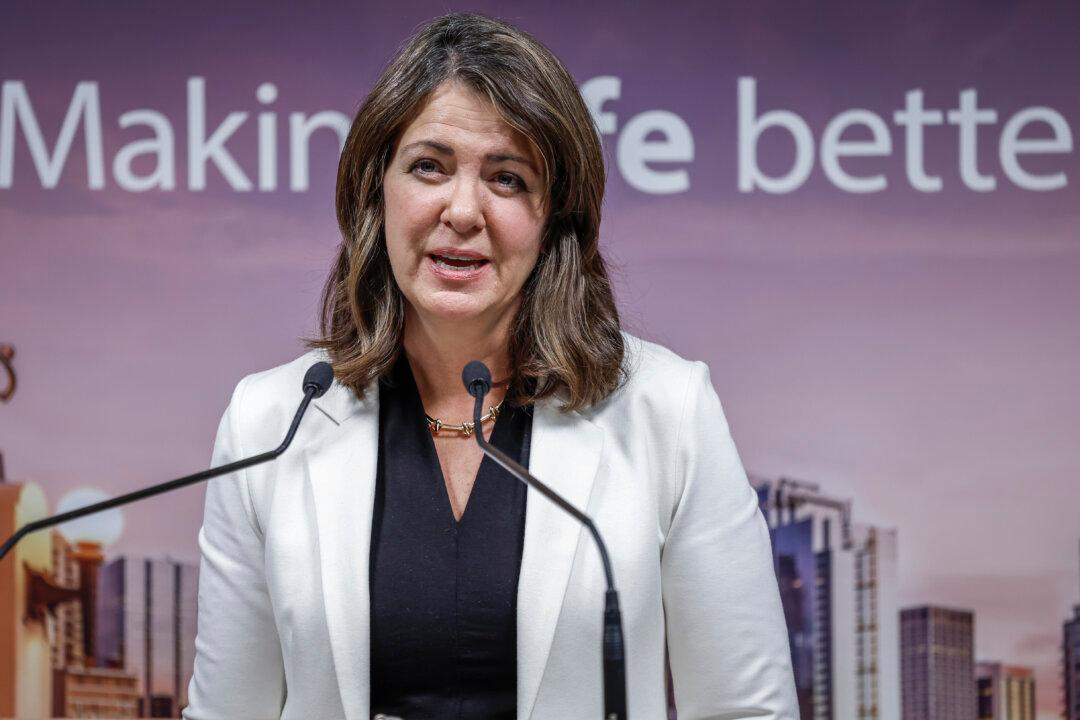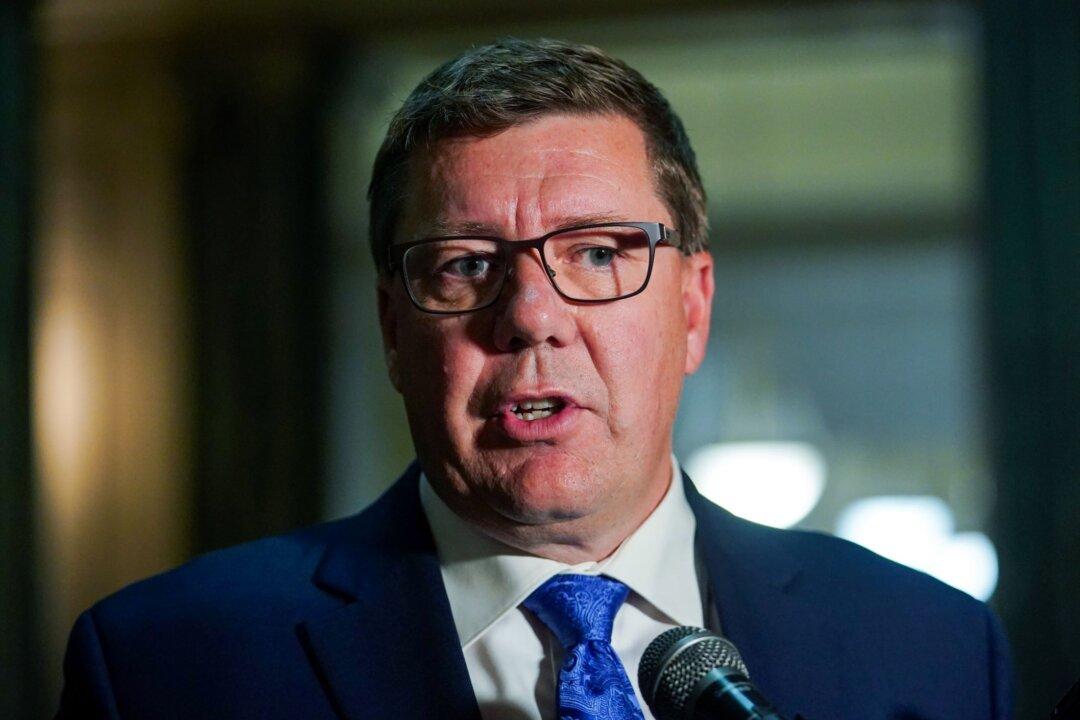Three streets in Winnipeg could soon be renamed based on recommendations by the city’s Indigenous Relations Division (IRD).
IRD has recommended to the City of Winnipeg’s Executive Policy Committee that new names be considered for Bishop Grandin Boulevard, Bishop Grandin Trail, and Grandin Street, named after a Catholic priest in the 1800s who adopted two indigenous orphans and advocated for a native priesthood.





